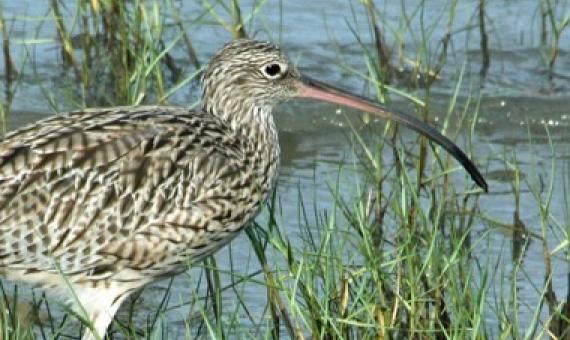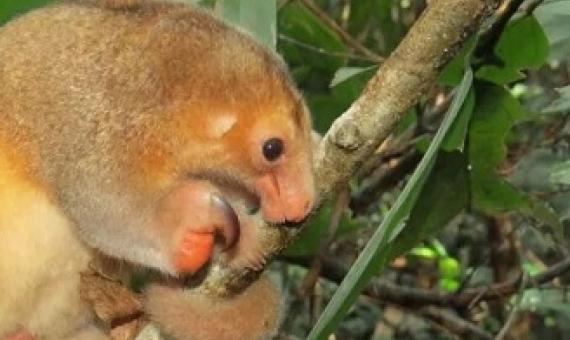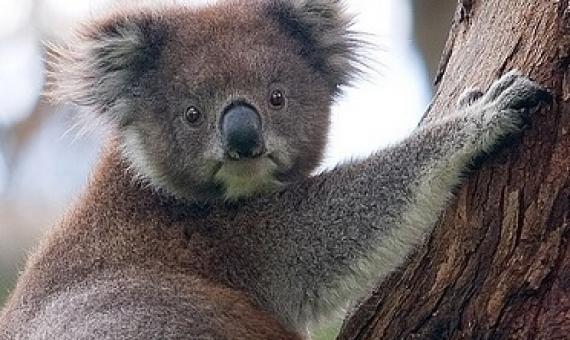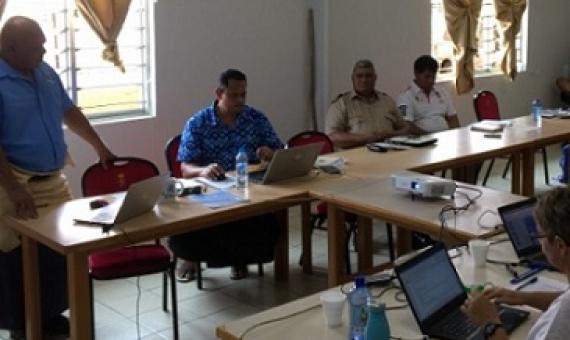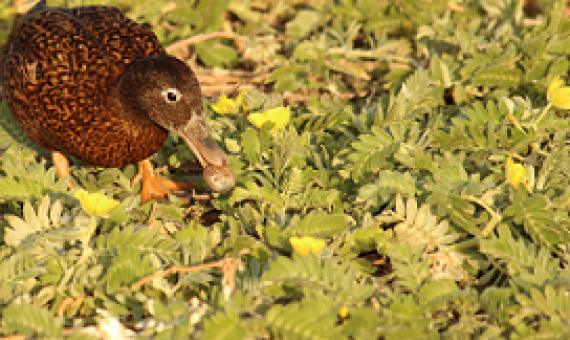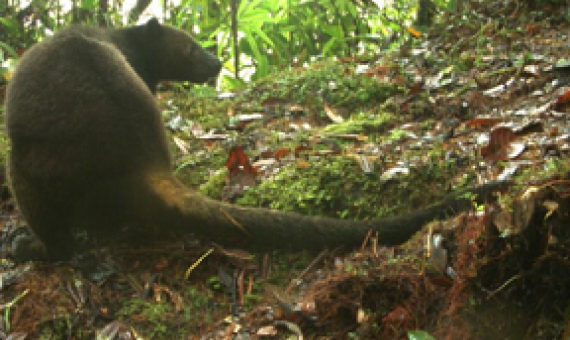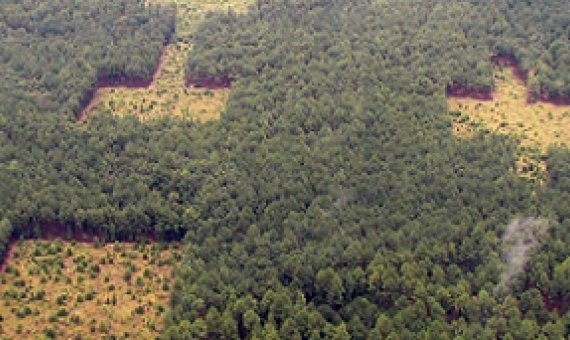Use of surrogate species to cost-effectively prioritize conservation actions
Conservation efforts often focus on umbrella species whose distributions overlap with many other flora and fauna. However, because biodiversity is affected by different threats that are spatially variable, focusing only on the geographic range overlap of species may not be sufficient in allocating the necessary actions needed to efficiently abate threats. We developed a problem-based method for prioritizing conservation actions for umbrella species that maximizes the total number of flora and fauna benefiting from management while considering threats, actions, and costs.

